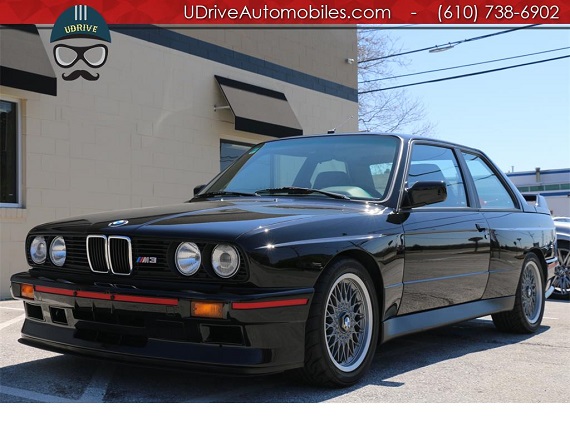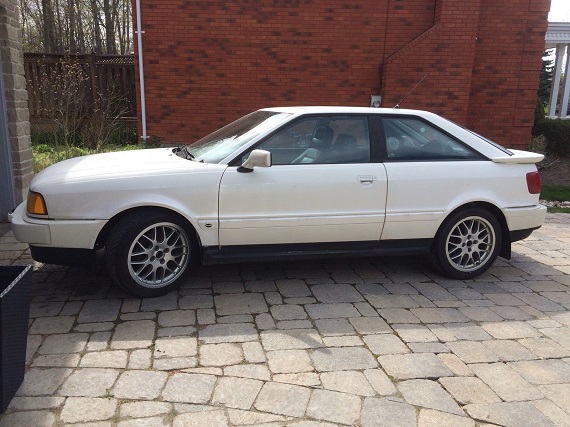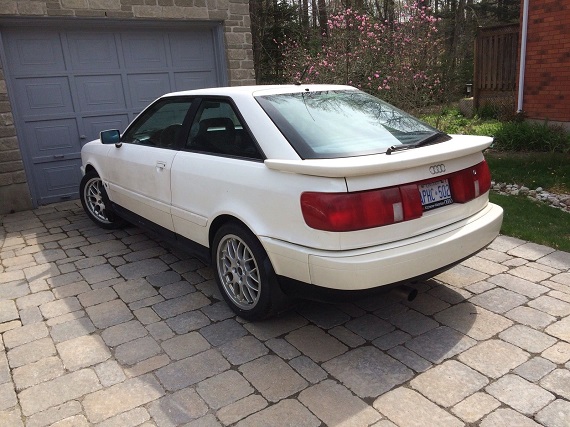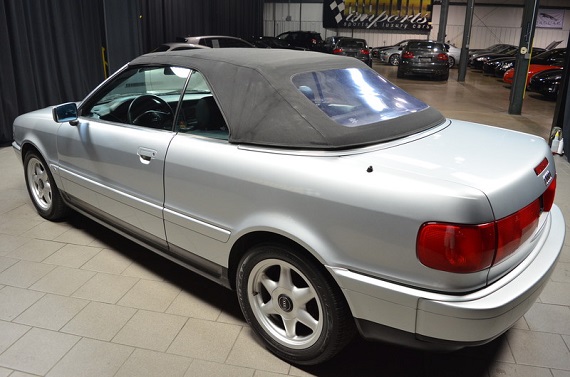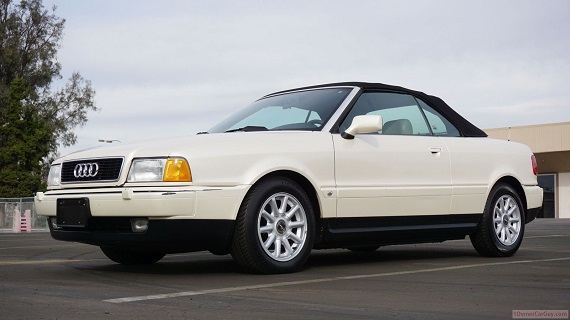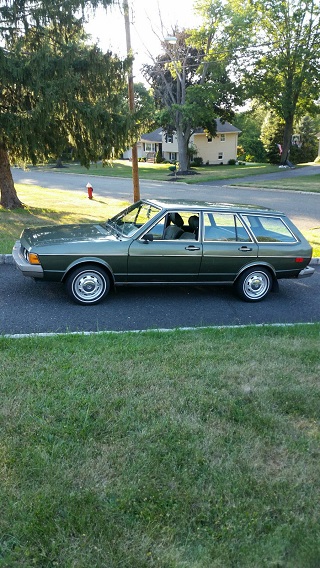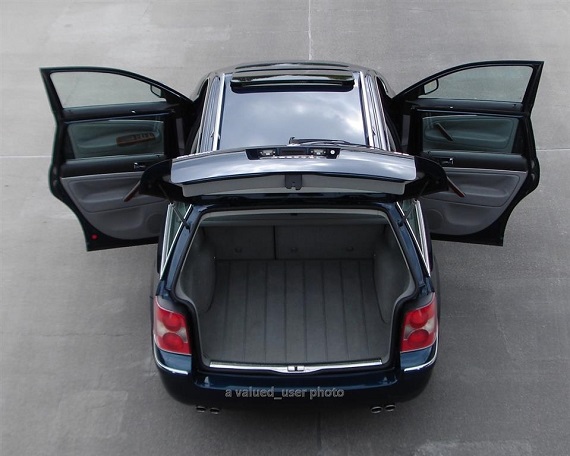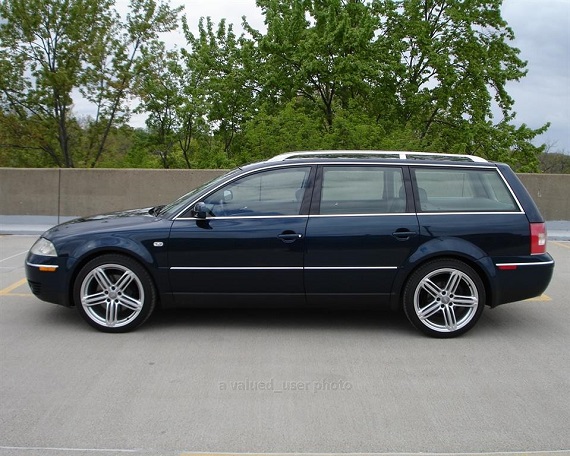There is nothing that I can say here that will matter at all. I won’t convince you that the E30 M3 is overpriced – maybe, compared to some of the other limited run homologation vehicles like the Sport Quattro and even the asking price on Paul’s 190E 2.5-16 Evolution II two weeks ago this Sport Evolution is downright cheap. Despite that, I could tell you that for the for the asking price of this car you could have a whole fleet of very interesting cars. Heck, you could buy a lesser E30 M3 and still have a huge chunk of change left over to buy many other vehicles and even maintain them. Some houses are less expensive than this car. College for most is less expensive than this car. The average worker at Walmart won’t make in a decade what the asking price is here. But none of that matters, because if you’re even still reading I’m just making you tread water until you can see more photos and drown in the eye-watering price:
Author: Carter
In a strange twist of fate I promise was not entirely planned, we are heading from probably the most expensive and complicated Passat to the other end of the spectrum – the spiritual great-great Grandfather in this 1980 Dasher Diesel Wagon. A few weeks ago, I took a look at a very green 1980 5000 and suggested that it might be Kermit’s commuter. But if Kermit was a family man, something like this Volkswagen might have been the choice he’d make in 1980. The Dasher Diesel wasn’t sporty; you could read a Dan Brown novel in the time it would take you to leave a light and hit 60 miles per and hour at full chat. But it would get over 40 miles per a gallon and if properly (and sometimes improperly) maintained, these diesels are still clacking like new today. However, like the Passat W8, the Dasher falls into a strange gray area of lack of enthusiasm. For every other 1980 Volkswagen model you can find large groups of fans, but the Dasher – despite its unique three different configurations at that time – can’t find much love these days. Like the Audi 5000 from the other day, can this Onyx Green Metallic with matching green velour find a frog fanatic?
CLICK FOR DETAILS: 1980 Volkswagen Dasher Diesel Wagon on eBay
2 CommentsVolkswagen is really great at theory, but not so much at execution. They’ve had a long line of really strange marketing decisions which have at times left the company in dire straights. One wonders how Volkswagen will emerge in the wake of the recent diesel scandal, for example, though many other manufacturers like Mitsubishi (you forgot they still made cars, didn’t you? Me too.) are doing their best to usurp VW’s crown as a manufacturing pariah. Yet, Volkswagen has so many debacles it has run its customers through that it should be amazing they come back for more at all. In the early 1990s, they mis-rated the timing belt service intervals on the early V8 quattros. The result was, predictably, a bunch of engine replacements. The 1.8T became notorious for turbo sludge problems, too – rectified with larger filters and synthetic-only oil, but a fair number (including my Passat) had factory turbo replacement. The 3.0 V6? A timebomb of metal shards working their way from the passenger rear of the motor through the engine, thanks to what appears to be an oil starvation design flaw. The 2.7Ts, 4.2s and all of the FSi motors? Known issues, sometimes very large and expensive. Coil packs, unnecessarily complicated PSV systems, transmissions made of glass and clogging sunroof channels? All the norm in your VAG experience. But Volkswagen really outdid themselves by making a complicated system even more complicated when they introduced the 4.0 W8 into the Passat. Sure, it was a test bed for later W12 models, and viewed in that light it makes some sense. But then, the Passat shown here is much more rare than the Bentleys and even some of the A8 W12 models that derived experience from the B5.5. Volkswagen could simply have taken any one of their proven engines and provided the answer to whatever question they were posing when they conceived this vehicle. Instead, they did things differently. That’s both something to celebrate and something to point out as an inherent character flaw:

